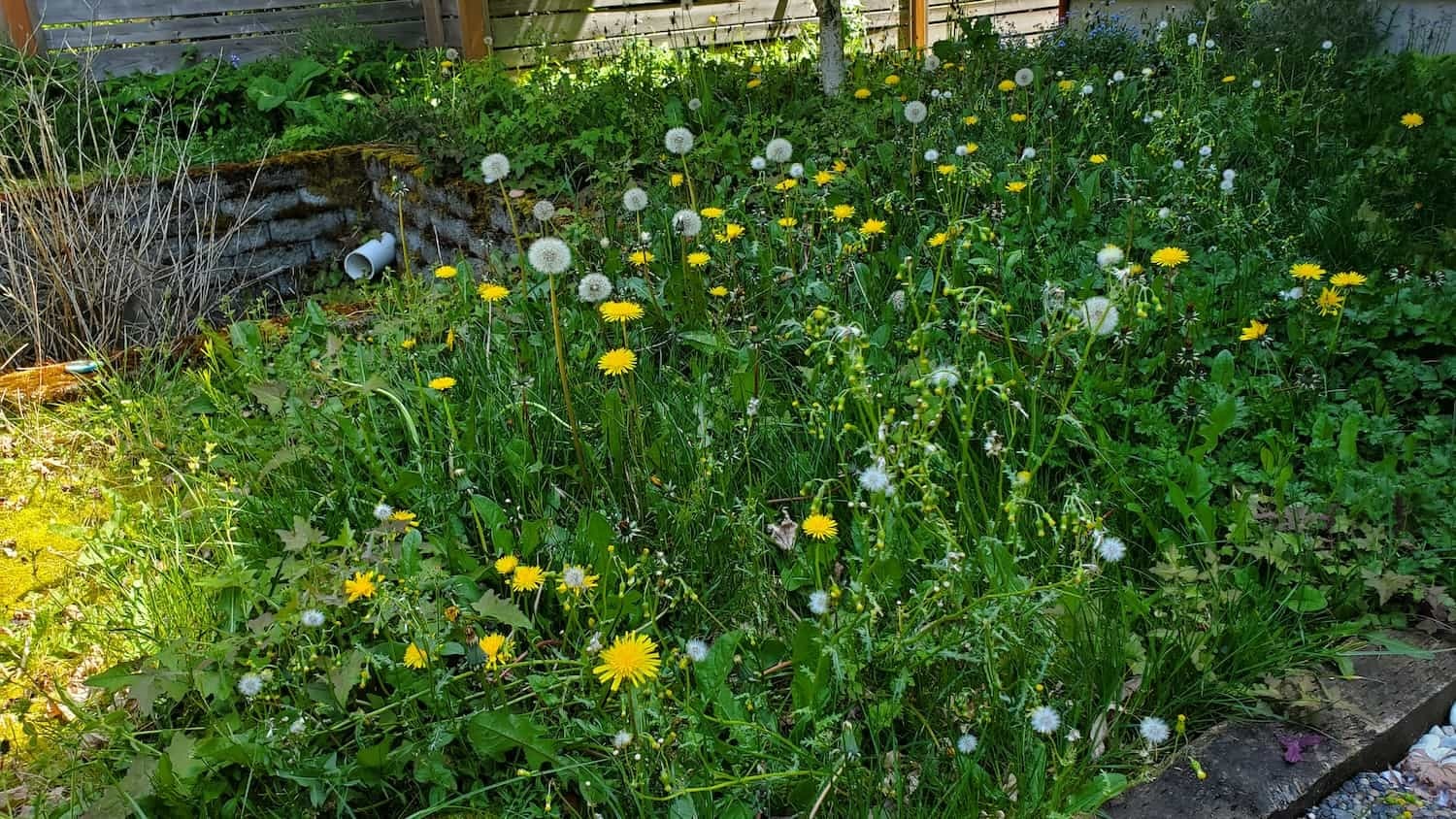West Seattle English ivy removal (trees)
Homeowner’s Issue
English ivy is everywhere on West Seattle properties — under big cedars in High Point, climbing maples along Admiral, and smothering trunks near Lincoln Park. The combination of cool, wet winters and shaded yards creates a mossy, humid microclimate that lets ivy climb and thicken quickly. Many yards sit on compact glacial-till soils with shallow topsoil; ivy’s shallow mat of roots competes aggressively for moisture and crowns, holding damp against bark and trapping debris that encourages rot. On slopes toward Fauntleroy and Alki, heavy ivy can add wind sail to limbs and increase the risk of branch failure in storm season.
Homeowners notice reduced curb appeal, failing native understory, and extra debris in fall. HOAs and neighborhood covenants in parts of West Seattle often expect tidy trunks and clear sightlines, so vine control isn’t just cosmetic — it’s a safety and compliance issue. City water use can be tight in late summer, so solutions should minimize extra irrigation. Our approach focuses on mechanical removal and follow-up prevention, not herbicides, to restore tree health and stop regrowth under the specific moisture, soil, and shade patterns common across West Seattle.
Our Quality Service
We remove ivy from trunks and the surrounding root mat using hand tools, pruners, and rope-access methods for taller trees. For large trees we work in teams to cut and peel vines from the base up, leaving crowns intact and minimizing bark damage. Timelines vary: small yards often done in a half-day; medium properties take a day; larger or high-access trees require multi-day jobs and can involve arborist coordination.
Local insight we apply: West Seattle’s clay/loam blends and shady exposures mean ivy regrowth is common in spring—so we include a monitored follow-up. We avoid herbicides entirely, rely on physical removal, mulch, shading, and planting competitive natives where appropriate. Benefits: safer trees in storm season, cleaner curb appeal for neighborhoods like Alki and Admiral, reduced maintenance, and long-term control without chemicals.
What’s Included
- Site assessment and map of affected trees.
- Mechanical removal: cut vine at base, peel from trunk, remove root mat around dripline.
- Cleanup: haul-away of vine piles or option to leave in green bin (you choose).
- Follow-up visit: check for regrowth at 3–6 months and remove new runners.
- Basic bark inspection for wounds and rot; recommendations if arborist follow-up is needed.
Options / Upgrades:
- Mulch + landscape fabric at tree bases for weed suppression.
- Organic, non-chemical soil amendment and hand-weeding plan.
- Planting of native shade-tolerant groundcovers to block re-establishment.
- Haul-away vs. green-bin drop-off (we follow City of Seattle green-waste rules).
Before & After / Expectations
- Mess & noise: expect cutting and hauling; larger jobs generate piles of green waste and some leaf litter. We leave the site broom-clean around work areas.
- Access: we need clear access to trunks and a place to stage debris (driveway or curb). Narrow alley access may add time.
- Debris handling: we offer full haul-away or will separate for green-bin drop if you prefer composting.
- Timeline: small jobs can be same-week; complex tree work scheduled within 1–3 weeks depending on access and arborist needs.
- Results: trunks will look stripped initially; root mats removed reduces re-rooting but monitoring is essential. New growth often appears from the ground in spring and is easier to spot and remove early.
Care tips for West Seattle:
- Watch for regrowth in late winter/early spring after rains ease.
- Avoid heavy summer watering near trunks — moisture encourages new runners.
- Replace removed ivy with low-maintenance natives (ferns, salal, Oregon grape) to occupy soil and cut regrowth chances.
FAQs
Q: Do you use herbicides?
A: No. We use mechanical methods, mulching, and planting. No chemical herbicides.
Q: How long before ivy is fully controlled?
A: Expect 2–3 seasons of monitoring and spot removal for full control in shady, wet sites.
Q: Will you damage tree bark?
A: We work to peel vines without stripping cambium. Some loose outer bark may come away; we avoid cutting into sound wood.
Q: Can you remove ivy from very tall trees?
A: Yes — for tall trunks we coordinate with certified arborists and use rope access for safe removal.
Q: What about disposal?
A: We offer haul-away or organize green-bin composting per City of Seattle rules.
Call to Action
West Seattle homeowners: if ivy is climbing trunks or taking over beds, book a free estimate. We schedule quickly, work sustainably (no herbicides), and focus on long-term, low-maintenance results. Trusted local crew familiar with Alki, Admiral, High Point, and Lincoln Park conditions.
Email neatandtidyseattle@gmail.com to get a photo estimate or schedule an onsite visit. Phone estimates and scheduling available on request.










